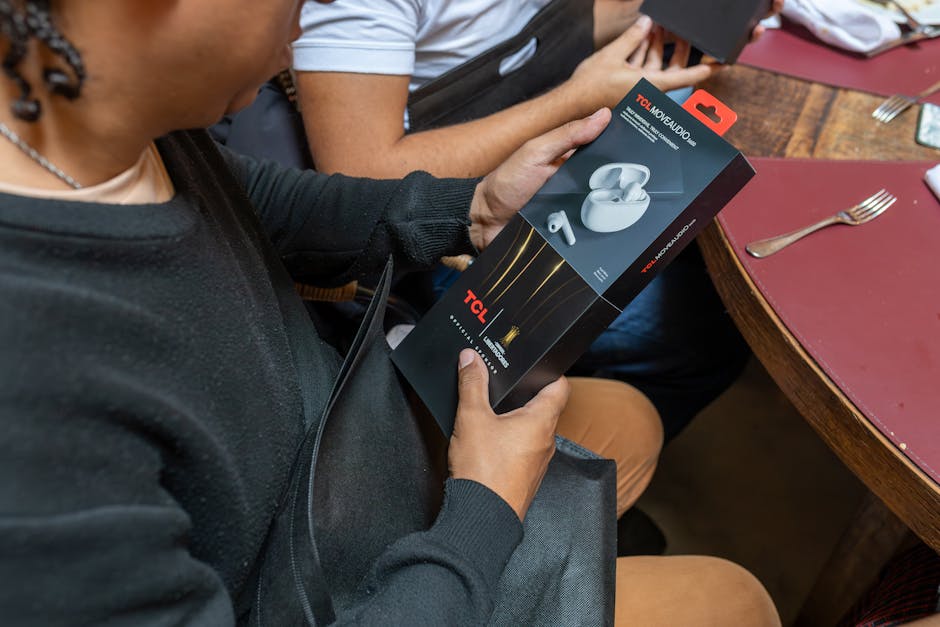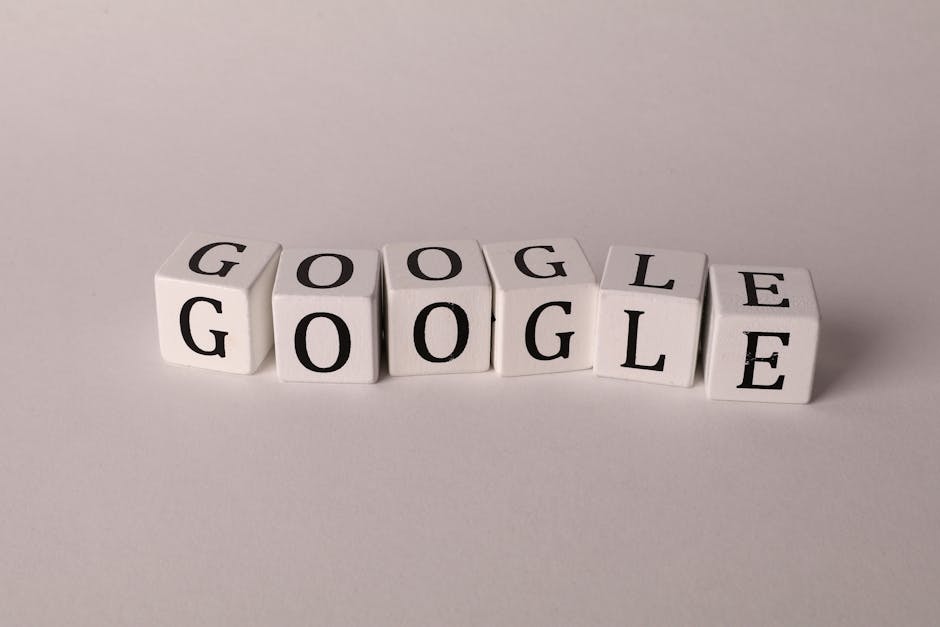The Surprising Influence of Sound Design in Digital Marketing
In a world where every brand is fighting for attention, it's becoming increasingly clear that visuals alone aren’t enough. Enter sonic branding, a powerfully underutilized aspect of digital marketing that can elevate your brand's perception and create a memorable experience for consumers. In this article, we’ll explore the surprising influence of sound design in digital marketing, uncover its capacity to enhance brand perception, and discuss how you can leverage sonic branding to stand out amidst the digital noise.
Understanding Sonic Branding

Sonic branding may sound like just a trendy buzzword, but it's deeply rooted in the psychology of sound and its ability to evoke emotions and memories. From jingles that stick in your mind to the subtle background music that accompanies your favorite YouTube videos, sound plays a crucial role in shaping how we perceive brands.
Why does this matter? Studies show that sound can significantly affect consumer behavior, often subconsciously steering our choices and feelings towards a brand. According to a report by the Harvard Business Review, 96% of consumers believe that sound branding provides significant value, enhancing their overall experience with a product.
By consciously incorporating sound elements into your marketing strategy, you can engage your audience on a deeper level. Let's dive into how sound design can enhance brand perception and the strategies you can adopt.
The Psychology of Sound in Marketing

Sound and Emotion

The emotional connection between sound and memory is profound. Sounds can trigger feelings of nostalgia, excitement, trust, and even comfort. For instance, a brand using a cheerful jingle can evoke happiness and positivity, making a consumer more likely to choose that brand over a competitor.
Moreover, the right music can create an atmosphere that resonates with your target audience. A study published in the Journal of Consumer Psychology found that background music significantly alters the way consumers perceive product quality and the intentions behind the purchase. As a marketer, understanding these psychological aspects can help you curate soundscapes that correspond with your brand’s identity.
Brand Recognition and Recall

Sonic branding is not just about creating catchy tunes; it's a strategic method to enhance brand recognition. Just like a logo or a color scheme, a distinct sound can carve its niche in a consumer's memory. Think of iconic brands like McDonald’s, whose “I’m Lovin’ It” jingle is instantly recognizable.
To heighten brand recall, ensure that your audio cues are unique and consistent across platforms. Whether you’re running a podcast or a video ad, integrating your sonic elements consistently will aid in embedding your brand in consumers’ minds. As you work on building this sonic identity, keep in mind that less is often more; opting for simplicity can often yield better results.
Crafting Effective Sonic Branding

Defining Your Brand’s Sound

To create an impactful sonic brand identity, you first need to define what your brand stands for. Start by asking:
- What emotions do you want to evoke?
- What message do you want to communicate?
- Who is your target audience?
Your sound design should align with your brand values and resonate with your audience’s preferences. Consider the different sounds that might represent your brand—whether it's upbeat and modern, calming and serene, or bold and adventurous.
The Role of Voice and Tone

Voiceovers are another facet of sound design that can enhance your brand’s persona. A friendly, warm voice can make your brand feel approachable, while a calm and authoritative voice might instill confidence in your expertise. When selecting a voice for your brand, ensure that it aligns with your overall tone and messaging strategy.
Incorporating Sound in Digital Marketing Strategies

1. Soundscapes and Background Music

Background music and soundscapes can significantly enhance video content, transitions, and even advertisements. For example, on platforms like YouTube or Instagram, the right background track can set the mood and keep viewers engaged. Use copyright-free music that aligns with your brand image, or consider hiring a composer to create a unique piece that embodies your brand.
2. Interactive Experiences with Audio

With advances in technology, interactive sound experiences are becoming more popular. For instance, using augmented reality (AR) to deliver audio cues that complement a user’s visual experience can create a deeper association with your brand. Explore ways you can incorporate sound into your interactive marketing strategies, whether it’s through mobile apps, virtual showrooms, or mixed-reality experiences.
For an innovative approach to user engagement, check out our post on how to transform user engagement with virtual reality.
3. Voice Search Optimization

Voice search is rapidly gaining traction, and optimizing your content for voice queries is crucial. Integrating natural-sounding conversational language can help your brand better connect with users seeking information through smart devices. Make sure that your content answers common questions in a clear, concise manner.
The Business Impact of Sound Design
Increased Engagement Rates
Brands that leverage effective sonic branding are seeing increased engagement rates. A study revealed that incorporating sound into advertisements can increase viewer retention by up to 50%. Techniques such as storytelling supported by audio elements can create a more immersive experience, encouraging consumers to interact with content on a deeper level.
Strengthening Customer Loyalty
Effective sound branding can foster a strong emotional connection between a customer and a brand, which significantly enhances customer loyalty. According to research conducted by Johns Hopkins University, when consumers feel emotionally engaged with a brand, they are more likely to make repeat purchases, champion the brand through word-of-mouth, and engage on social media.
Differentiation in a Saturated Market
In today's crowded digital landscape, standing out from the competition can be a challenge. Sonic branding helps you differentiate your brand by creating a unique sound that resonates with your audience. Consider brands like Spotify, which has cleverly differentiated itself from other music streaming services with its signature sound, enhancing its identity.
Navigating Challenges in Sonic Branding
Avoiding Clichés
While creating sonic branding, it’s essential to avoid clichés and overused tropes that can dilute your message. Instead, focus on originality. Conduct research on your competitors' auditory branding and strive to create something distinct and memorable.
Ensuring Accessibility
Make sure that your sound design is inclusive and accessible. Consider the audience that may have hearing impairments, and create alternatives for sound-driven content. Ensuring your marketing strategies are accessible will enhance user experience and broaden your audience reach.
Real-World Examples of Effective Sonic Branding
Netflix’s Unique Sound & Sonic Logo
Netflix has successfully ingrained its signature sound into global pop culture. It’s not merely a brand sound; it has transformed into a signal of entertainment. This sonic cue grabs attention, making viewers instinctively associate that sound with the thrill of new content.
Apple’s Iconic Sounds
Apple is a masterclass in sonic branding, utilizing both sound effects and music to enhance the user experience. From the subtle yet familiar boot sound of Mac computers to the inviting tones of the Apple Music app, these audio elements play a crucial role in user enjoyment and brand perception.
Coca-Cola’s Positive Jingle
Coca-Cola's jingles evoke feelings of joy and togetherness. Wide-reaching advertisements like “Taste the Feeling” are harmonized with uplifting tunes, creating an emotional connection with audiences and solidifying their brand identity globally.
Sound Design: Future Prospects in Digital Marketing
As we move towards 2025, the integration of sound design in digital marketing will likely become even more pronounced. Advancements in AI and machine learning will allow brands to personalize sound elements further, tailoring audio experiences to the preferences of individual consumers.
Put simply, brands that begin investing in sonic branding today will be better positioned to navigate the increasingly competitive landscape of tomorrow.
For more insights into the future trends in digital marketing, visit our article on key trends and predictions for 2025.
Final Thoughts
Incorporating sound design into your digital marketing strategy is more than just an innovative choice; it's a strategic imperative. Understanding the psychology of sound and leveraging it effectively can lead to heightened brand recognition, customer loyalty, and ultimately, sales.
Whether you’re crafting a unique sound logo or integrating background music into your advertisements, remember that the goal is to create an authentic connection with your audience. Sound is a powerful tool that, when wielded correctly, can help you rise above the digital noise and create memorable brand experiences.
So, what’s stopping you from exploring the world of sound in your branding? Now is the perfect time to make sonic branding a key part of your digital marketing strategy and see how it can transform your brand perception.



